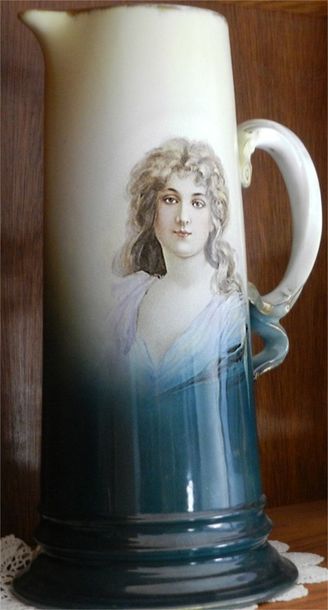| An heirloom is an item which has been valued enough (either in monetary or personal terms) to be passed down several generations of the family. If you’re lucky enough to have inherited a family heirloom, read to find out how you can discover more about the item and its origins, and how to protect it for your descendants. If you’re thinking that you don’t have any heirlooms in the family, be open-minded about what an heirloom is. It doesn’t have to be a valuable painting or vase (nice though these are to own), anything which past generations have valued enough to hand down the family can be classed as an heirloom. So how can you find out more about your treasured item? Take a close look at the item for clues such as a manufacturer’s mark, a date or trademark information, any of which could help you place the item both in terms of date and place of manufacture. Next, ask members of the extended family for their help – does anyone recall seeing the item in an ancestor’s home, and if so do they have any stories about its provenance or how it was used? Or maybe the item is mentioned in a will, which may provide further clues in terms of which branch of the family it came from, and who it originally belonged to. |
Once you’ve exhausted the above options, you can widen the net by doing a little more research. A recent antique price guide such as Miller’s Antiques Handbook & Price Guide has lists of thousands of antiques, along with history, dates, identification tips and prices.
Keep an eye open for antique fairs in your area, as such events often have q&a sessions with antiques experts, or offer members of the public the chance to bring along a treasured item to be valued.
Once you’re done a bit of research and have more information such as the maker and date of your heirloom, you can look for more details online. Websites such as Live Auctioneers and The Sale Room have lots of data about items for sale at auction houses around the world, and even if you’re not intending to sell your treasure, you could pick up some valuable background information.
Discover more heirlooms
Be aware that some family heirlooms which might have made their way outside of the family; it’s surprising how many second-hand bookshops and antique shops contain family items which are labelled with a person’s name. Search eBay and other online auctions for potential items and encourage other family members to keep an eye out too. You can often set up an alert on an auction website, whereby a family surname or other detail would trigger an e-mail to you if an item which matched these details came up for sale.
If you’re helping to sort through the possessions of a deceased relative, check every box thoroughly, as heirlooms are not always stored in the way that you might think valuable possessions would be; in the past, people sometimes concealed their treasured items for fear of theft, and not all treasures are found in a jewellery box or safe. For example, photo frames might contain other photos behind the one on display, there could be items in the pocket of clothing or in a box that is labelled as something else entirely.
A new life for your heirloom
After all your detective work, remember to share and write down any information you find about the treasure in question, to help future members of the family. Consider creating a document which lists why the item’s important to the family, who it belonged to originally, how it was used, any information about its provenance, and any family stories attached to the item.
If the item is to be stored away rather than used or displayed, use acid-free storage materials where possible; or if you prefer to keep the item on display in the house, consider ‘resting’ it periodically, as museums and galleries do, to give it time away from dust, daylight and pollutants.
For lots more advice on exploring your family history, visit Family Tree.
Useful websites
LDS heirloom preservation videos.
Judith Miller’s expert antiques blog.
Further reading
Miller’s Antiques Handbook & Price Guide 2016-17 by Judith Miller (Mitchell Beazley, 2015)
Antique Marks: an indispensable guide to identifying and interpreting your antiques by Harper Collins (Collins Need To Know, 2006)
[image copyright lspider2]

 RSS Feed
RSS Feed
